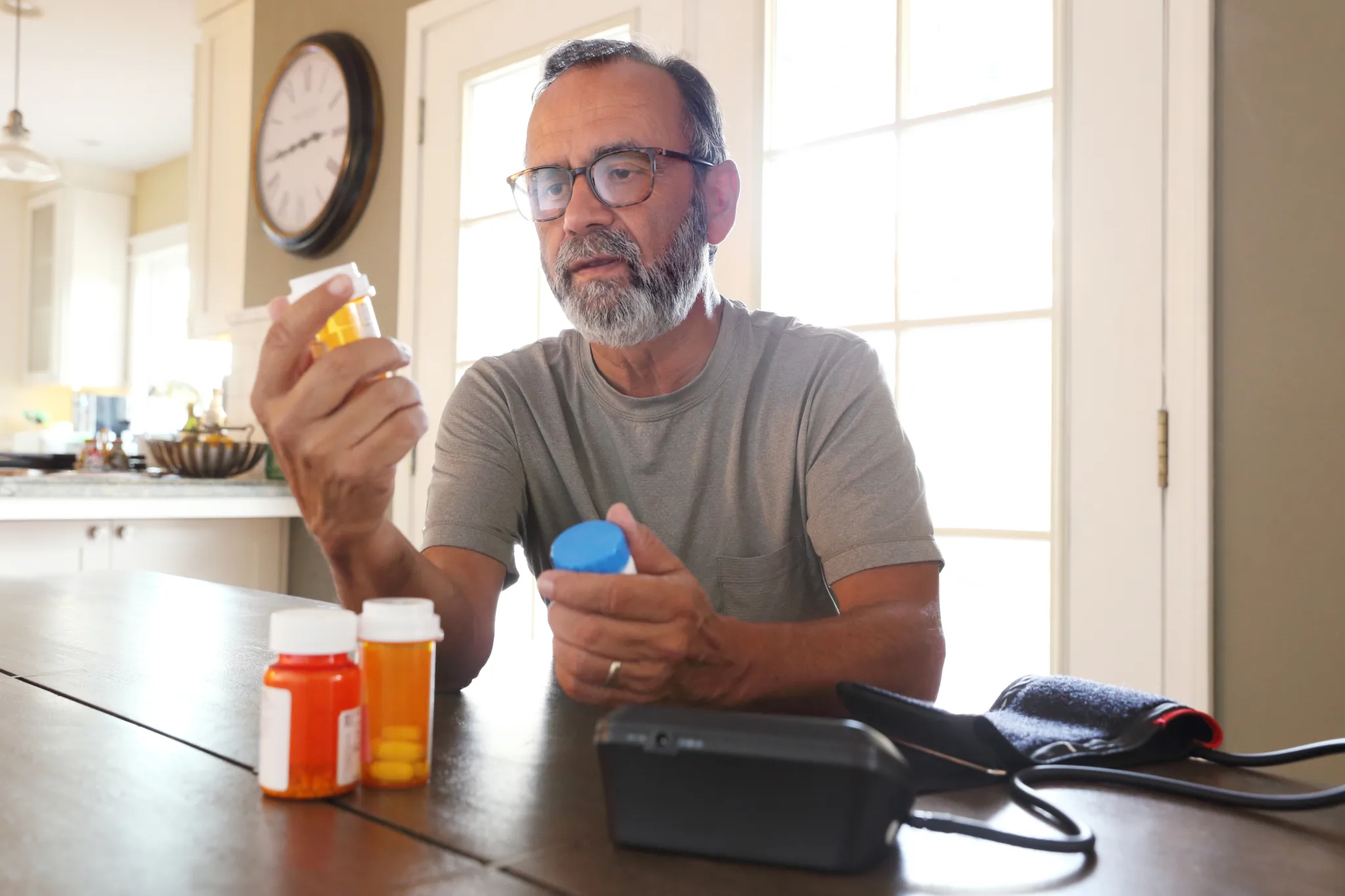
Think about the last time you tried to read an article, sit through a meeting or help your child with homework without checking your phone. If it felt difficult, you’re not alone. Many of us feel like our ability to focus is slipping—but is our attention span really shrinking, or is something else happening?
At High Focus Centers, we help individuals of all ages manage focus-related challenges—whether it’s ADHD, digital overstimulation or chronic stress. In this blog, we break down what attention span is, why it matters and what’s disrupting it in today’s world.
What Is an Attention Span?
An attention span is the amount of time someone can concentrate on a task without becoming distracted. It’s not just about sitting still—it’s about how well your brain can stay engaged with one activity.
There are three main types of attention:
- Sustained attention – staying focused on a task for an extended period
- Selective attention – filtering out distractions to concentrate
- Divided attention – switching between tasks or multitasking
Minutes vs. Seconds: Why the Confusion?
You may have seen different numbers online. Some sources say the average attention span is eight seconds, while others mention 15 to 20 minutes. Here’s the difference:
- The 8-second figure comes from a Microsoft study that looked at how long people stay focused before switching tasks online. It refers to short bursts of attention in fast-paced settings like scrolling through social media.
- The 15 to 20-minute estimate refers to sustained attention—how long someone can concentrate on something more demanding, like reading or working, before needing a break.
Both are accurate depending on the situation. But today, we spend most of our time in environments filled with constant distractions, making it harder to focus deeply for longer stretches.
Average Attention Span by Age
Children (ages two to 10): A child can generally focus for about two to three minutes per year of age. For example, a six-year-old might be able to concentrate for around 12 to 18 minutes at a time.
Teens (ages 11 to 17): Teens usually have an attention span of 15 to 30 minutes, though this can vary based on interest and environmental factors. Heavy use of digital devices can reduce both the duration and depth of focus.
Adults (ages 18 to 65): The average adult can focus on a task for 12 to 20 minutes. However, constant notifications and digital interruptions often shorten this significantly.
Older adults (65+): Sustained attention may decline slightly due to age-related cognitive changes, but selective attention—the ability to ignore distractions—often improves with age.
Is Attention Span Declining?
Research suggests that our ability to concentrate is getting worse.
- A University of California Irvine study found that office workers switch tasks roughly every 3 minutes.
- A report from Common Sense Media found that tweens spend over 5 hours a day on screens, and teens average more than 8 hours.
- Teachers report that students now struggle with long reading assignments, need more breaks and are more easily distracted in class.
Are There Gender Differences in Attention?
Studies show that boys and girls may develop attention skills differently, especially in childhood.
- Boys are more often diagnosed with ADHD, particularly the hyperactive type.
- Girls may show more signs of inattentiveness (such as daydreaming), which are often overlooked.
- In school settings, girls may have an edge in sustained attention tasks, while boys might face more challenges with impulsivity.
As children grow, these differences often balance out, though they can impact how attention issues are identified and treated.
How Multitasking Affects Focus
Multitasking isn’t as efficient as many people think. The brain can’t actually focus on multiple tasks at once. Instead, it quickly switches between them, which drains mental energy.
Frequent multitasking has been linked to:
- Increased errors and slower task completion
- Weaker memory
- Greater mental fatigue
- Long-term difficulty focusing, even when not multitasking
Heavy multitaskers often perform worse on attention tests than those who focus on one thing at a time.
How Screen Time Impacts Focus
Constant exposure to screens—especially short-form content like social media clips—has real consequences for attention.
Effects of high screen time include:
- Shorter attention spans due to constant stimulation
- Reduced patience for effortful or time-consuming tasks
- Weaker working memory
- Increased anxiety and poor sleep
Children and teens are especially affected, since their brains are still developing and adapting to how they process stimulation.
The Impact on School and Learning
Shrinking attention spans are having a clear effect on education.
Students are:
- Struggling to focus during lectures or reading assignments
- Skimming rather than reading for understanding
- More likely to procrastinate due to digital distractions
- Experiencing more emotional and behavioral disruptions in class
Teachers are adapting by shortening lessons, adding technology-driven engagement and helping students manage rising levels of anxiety and distraction. Even high-achieving students can fall behind if they can’t sustain focus long enough to absorb and apply what they’re learning.
Can Attention Be Rebuilt?
Yes, attention can improve with practice and support.
Helpful strategies include:
- Using time management tools like the Pomodoro Technique (25 minutes on, 5 minutes off)
- Turning off notifications and limiting screen time
- Practicing mindfulness to increase self-regulation
- Building tolerance for boredom and delayed gratification
- Reducing environmental distractions during focus time
When to Seek Support
If attention problems are interfering with school, work or daily life, professional help may be needed.
At High Focus Centers, we offer:
- ADHD assessment and treatment
- Therapy for anxiety and emotional regulation
- Programs for teens and families to manage screen time
- Skills-based treatment for improving focus and executive functioning
Reclaim Your Ability to Focus
You don’t have to live in a state of constant distraction. With the right strategies and support, your attention span can improve. Whether you’re concerned about your own focus or your child’s ability to concentrate, we’re here to help.
Contact High Focus Centers today to take the first step toward rebuilding attention, improving clarity and finding balance.
Recent Posts
- Raising Stress-Free Kids: How IOP and PHP Programs Support Youth Mental Health
- Understanding Xanax: Risks, Dosage, Detox and More | High Focus Centers
- Beyond Teen Mood Swings: How to Spot Red Flags in Adolescent Behavior
- More Than a Bad Habit: 10 Surprising Addictions and the Mental Health Issues Behind Them
- What Is the Alcohol Use Disorders Identification Test (AUDIT)?



